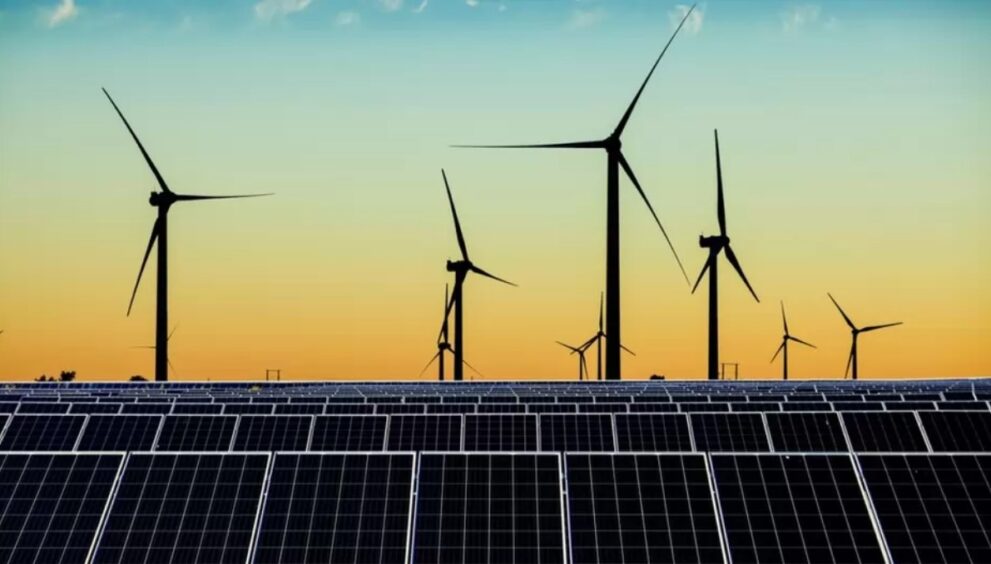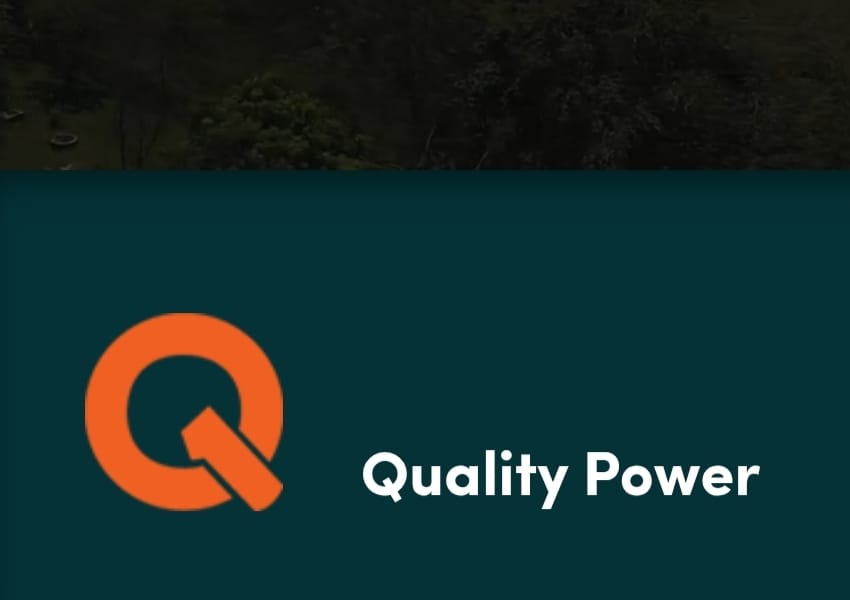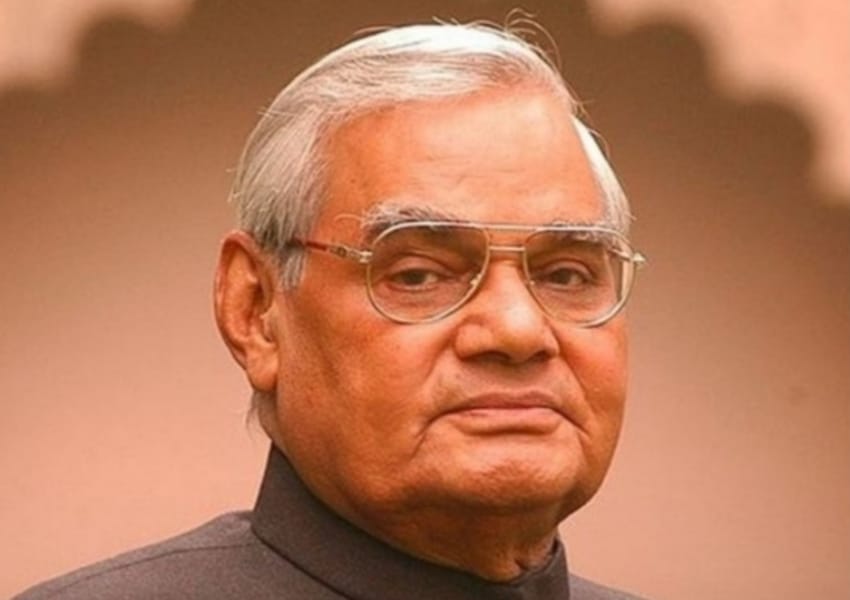Reliance Industries Set To Operationalise New Energy Giga Complex In Gujarat By 2024

The Dhirubhai Ambani Green Energy Giga Complex is poised to become one of the most extensive integrated renewable energy manufacturing facilities
Reliance Industries, led by Mukesh Ambani, revealed plans to commission a new energy giga complex in Gujarat by the second half of 2024 during a recent earnings statement and investor call. The expansive 5,000-acre complex in Jamnagar will feature five gigafactories focusing on photovoltaic panels, fuel cell systems, green hydrogen, energy storage and power electronics.
Ambani, in a post-third-quarter earnings call, affirmed that the New Energy Giga Complex is progressing as scheduled for commissioning in the latter half of 2024. He expressed confidence in Reliance’s New Energy business, emphasising its crucial role in the global shift towards cleaner fuels.
The Dhirubhai Ambani Green Energy Giga Complex aims to be a comprehensive integrated renewable energy manufacturing facility. Reliance has signed a Memorandum of Understanding (MoU) with the Gujarat government to establish 100 gigawatts of renewable power, involving a capital expenditure of Rs 5 lakh crore. In Kutch, the company has received in-principle approval for 74,750 hectares of land dedicated to green hydrogen production.
Reliance strategically invested in ten global technology innovators covering the new energy value chain. The company is approaching the commissioning of the first tranche of a 5GW module manufacturing capacity by mid-2024, according to a note from Nuvama on 17 January.
Through REC Solar, Reliance secured a supply agreement with Suzhou Maxwell Technologies in China for a high-efficiency production line for HJT cells with a capacity of 4.8 GW. Additionally, the company signed a 5.2 GW HJT module automation production agreement with SC Solar in January 2023.
Reliance has successfully secured Production-Linked Incentives (PLIs) in both rounds for solar modules (Round 1: USD 0.3 billion, 4 GW; Round 2: USD 0.4 billion, 6 GW). Notably, Reliance and Greenko are the only companies to receive incentives for green hydrogen and electrolysers.
The company has also secured PLIs under ACC battery storage for a 5 GW capacity, contributing to achieving a green hydrogen cost of USD 1–1.5 per kg. This shift to green hydrogen is expected to enhance margins, given Reliance’s substantial role as the largest producer and consumer of grey hydrogen.
At present, the cost of green hydrogen stands at around USD 3 per kg, 1.5 times higher than grey hydrogen produced from natural gas. This is primarily due to the high costs associated with solar and wind energy generation and electrolyser expenses. A hybrid approach involving solar and wind energy remains the most cost-effective method for generating green hydrogen, with solar being the costliest due to the lower Plant Load Factor (PLF) of electrolysers.














































































































































































































































































































































































































































































































































































































































































































































































































































































































































































































































































































































































